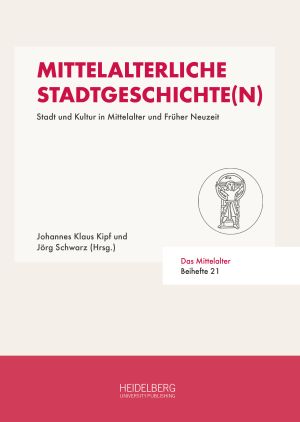How to Cite
License (Chapter)

This work is licensed under a Creative Commons Attribution-ShareAlike 4.0 International License.
Identifiers (Book)
Published
Toledo als plurireligiöse Lebensform
Abstract The concept of temporally defined ‘capitals’ is applied to Toledo as a medieval centre of attraction in the 13th century. The capital of Castile is known as a pluri-religious society, especially during the time of King Alfonso the Wise. In Toledo, Christians, Moors and Jews lived together as three ‘castes’; this co-existence has been described as convivencia by Américo Castro. The social and judicial order, however, was based on segregation. In contrast, in the realm of arts and of Iberian literature, an alternative handling of diversity can be found and was the cause of a wealth of translation activity. Conflicting discourses, traditions and religions are framed aesthetically. Important examples for this practices are connected to Toledo as a cultural area: (1) the genre of Mozarabic kharja at the end of an Arabic or Hebrew love poem; (2) the song of the pagan Sibyl in the Galician-language Marian poetry by King Alfonso; (3) the ‘Proverbios morales’ of Rabbi Sem Tob connecting the traditions of sapiental poetry and satire; and (4) the staging of multilingualism in the ‘Libro de buen amor’. The performance of heterogenous discourses is not carried out in the mode of hybridisation or translation but as juxtaposition. Thus, literature becomes a dispositive of ‘heterology’ (Michel de Certeau), lending an ear to the ‘speech of the other’.
Keywords Toledo; Castilia; Leon; convivencia






